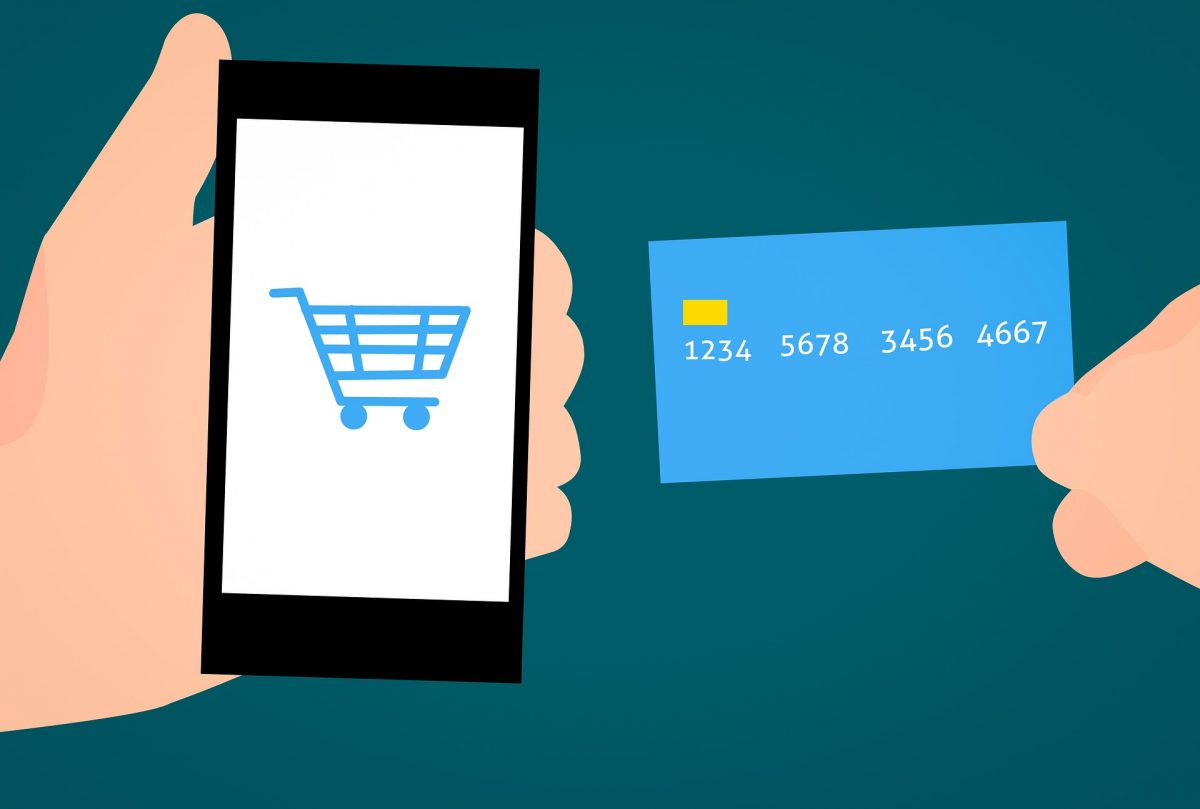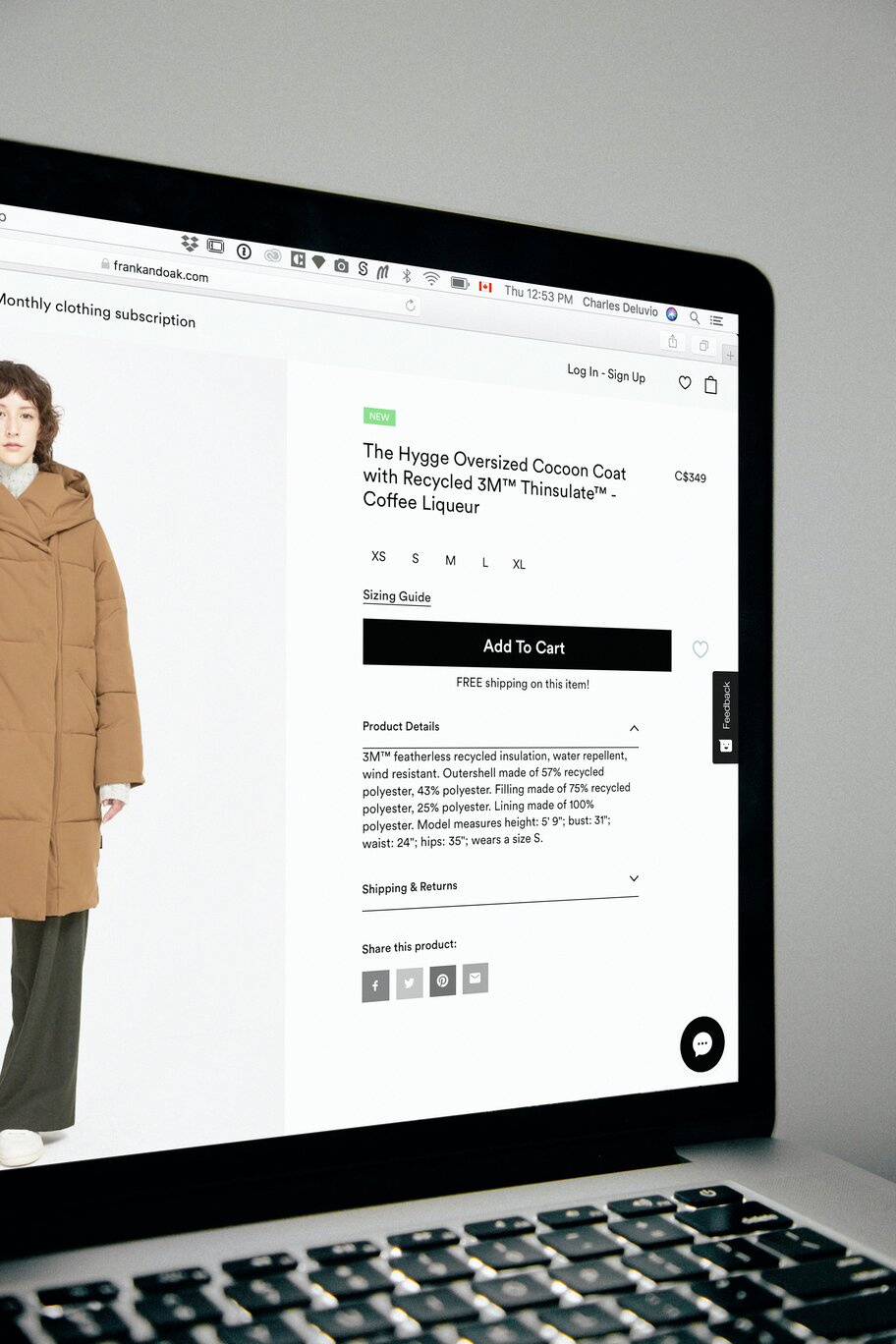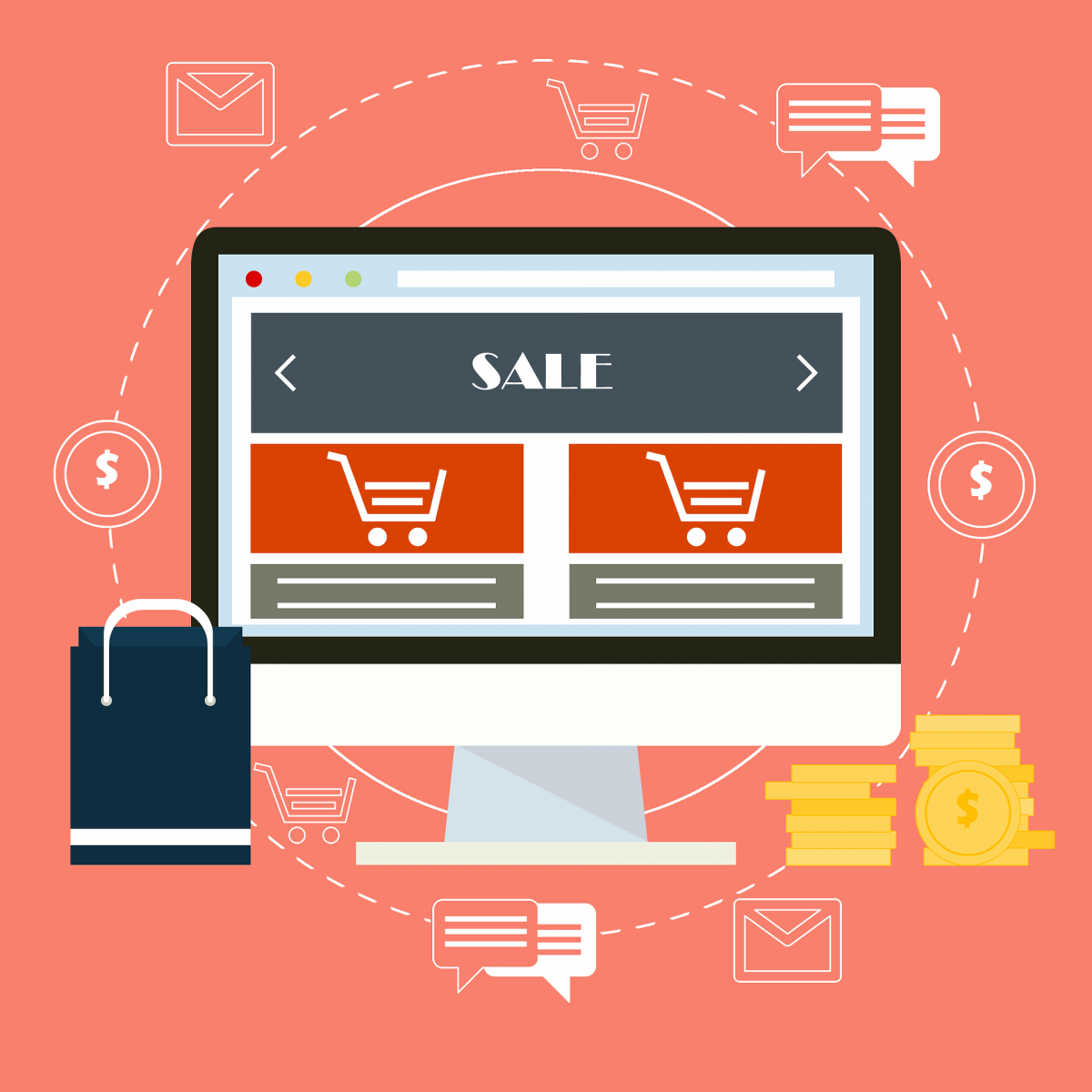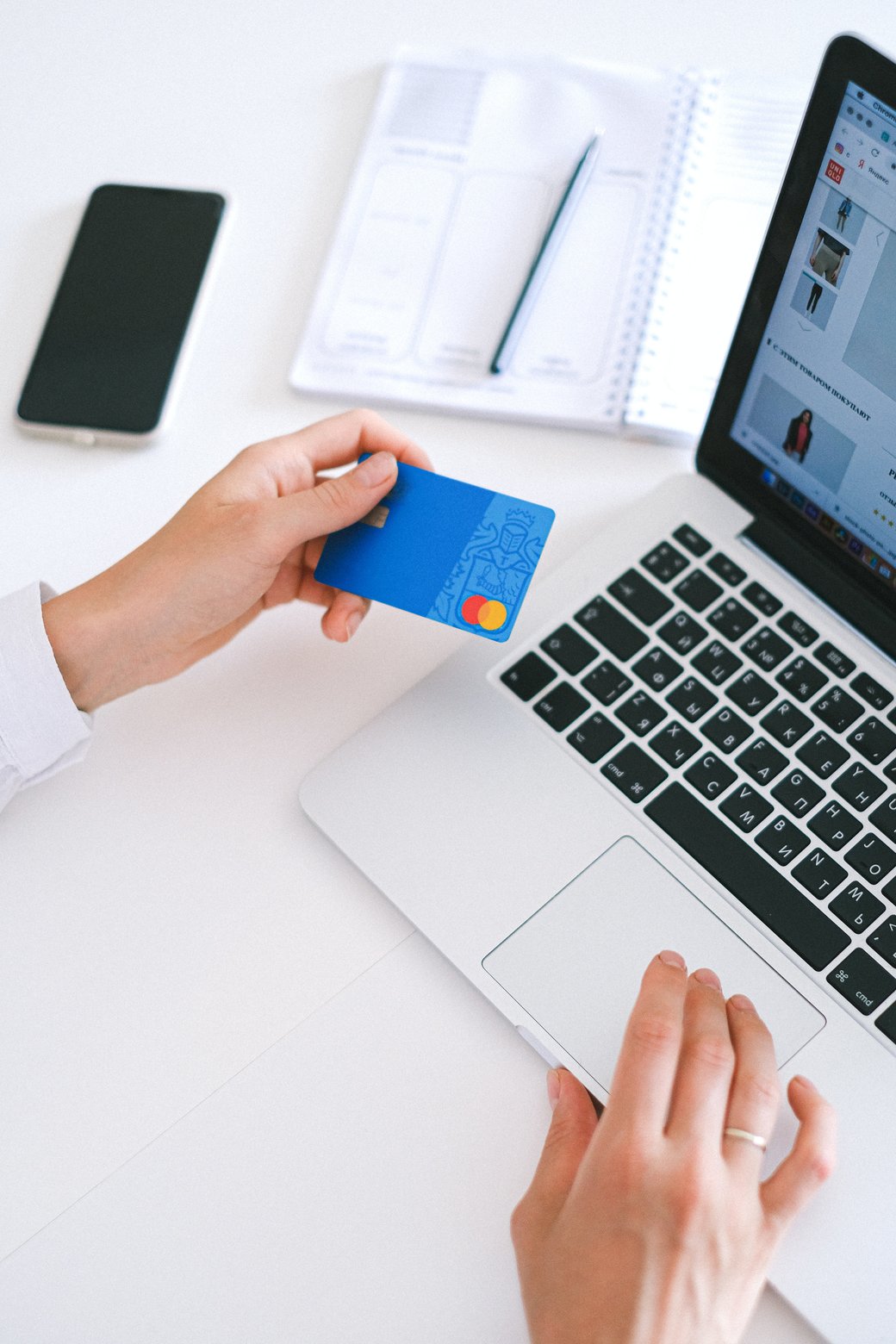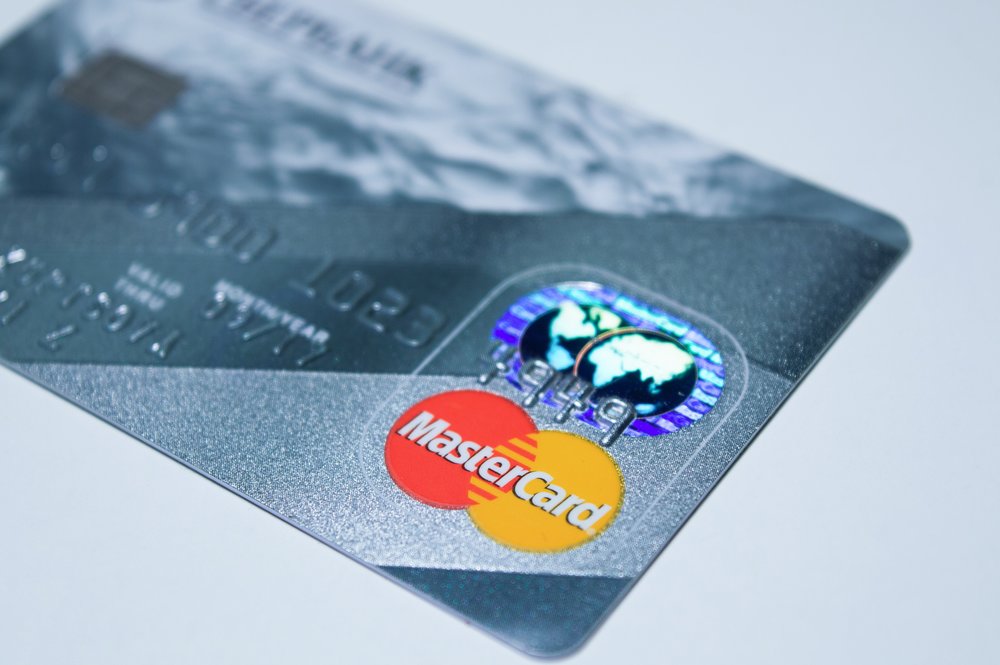If you’re a fan of Internet streaming, you’re most likely already subscribed to Netflix or Spotify. As subscription-based services grow in popularity, more businesses incorporate recurring billing models to sustain growth, achieve higher revenues, and customer lifetime values (CLVs). If your company hasn’t yet considered the upsides of subscriptions, here are the top advantages of subscription-based pricing.
1. It Attracts More Customers
The pay-once, use-forever model is no longer as lucrative as it once was. Ask any customer, and they’d likely rather pay $25 monthly than $500 upfront for the same product. Higher prices are psychological barriers to entry for your products.
While consumers might pay a more considerable amount in the long run, they get immediate access to your services without worrying about the next payment for 30 days. Lower price points also benefit businesses in that they can fly under budget threshold radars, increasing the growth of monthly recurring revenue (MRR).
2. It Provides Predictable Revenue
With a pay-once model, a poorly performing month can set you back tremendously, forcing you to recover investments by hunting for new customers. On the other hand, subscription-based business models allow decision-makers to predict monthly revenues more accurately.
Foreseeable earnings ensure that you aren’t ordering more inventory than you need at any given time. Plus, billing automation can bridge gaps between billing cycles.
3. It Increases Return on Acquisition Costs
Depending on your marketing strategy and conversion route, customer acquisition costs (CAC) will remain mostly similar to one-time payment schemes. However, CLV rises by reducing churn rates through positive ongoing client relationships.
Instead of actively seeking new clients beyond what your resources can handle, you can leverage mounting assets for retention and customer management.
4. It Helps You Earn More Through Cross-Selling
Having continuous contact with your client base opens up opportunities to market additional and complimentary services. Because customers have already engaged in a prior relationship with your business, they are more likely to be receptive to value-adding products. Allow customers to upgrade seamlessly through tiered or volume pricing.
5. It Offers Proof of Concept
One-time payment systems make it challenging to offer trial periods or taster sessions. By adopting subscription-based methods, you can more effectively provide free versions of your product in the hopes of an upgrade to the full package.
Even when a customer doesn’t sign up immediately after expiration, you’ll already have their contact information in your—virtual—back pocket. You can convince them to sign up later.
Because your subscription product is always up-to-date, you reduce time-to-value for updates and new features—even during the trial period.
Conclusion
For consumers on a budget, recurring payments are a godsend. Subscription pricing allows businesses to offer greater-value products that improve over time, emphasizing nurturing longer customer relationships. An apparent win-win circumstance for both business and consumer, scaling your business on a subscription-based model, can happen as quickly as you’d anticipate.
To begin accepting subscription payments, link up with our team at Payment Page! Upon launch, you can equip your beautifully designed payment portal with attractive payment buttons for subscriptions your clients can’t wait to get their hands on!


